You will need:
- Pen, paper or a printer
- Scissors and string
- One desk lamp
- Adult supervision and help
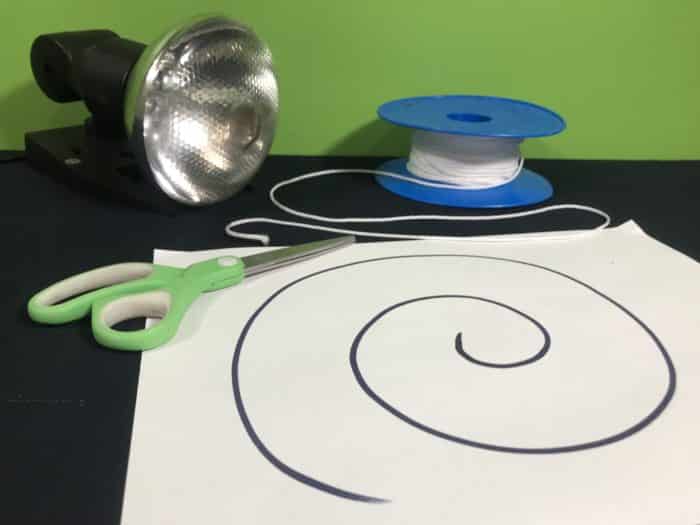
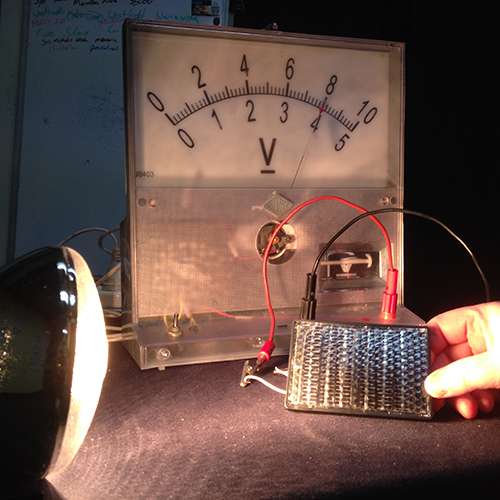
School science visits since 2004!
– Curriculum-linked & award-winning incursions.
– Over 40 primary & high school programs to choose from.
– Designed by experienced educators.
– Over 2 million students reached.
– Face to face incursions & online programs available.
– Early learning centre visits too!
Why Does This Happen:
The desk lamp light heated the surrounding air. Heating air causes the air molecules to travel farther apart, thereby making the air less dense. Less dense air will always rise above dense air.
As the warm, lighter, air rises upwards the paper spiral begins to spin. The process keeps working because the cooler surrounding air keeps coming towards the light and warming up. This is a simple demonstration of convection currents that exist in thunderstorms and ocean currents. Click here for a simple demonstration of temperature and water density.
Put simply, a convection current is the transfer of heat energy by the movement or flow of a substance from one position to another.
Rain often occurs when an area of warm moist air is forced to rise over a cold air front. This forms a strong convection current of warm moist air moving upwards, known as an updraft. The moisture within the warm air condenses at high altitude, forming cumulus clouds. As the moisture condenses, the water drops become bigger and bigger. Eventually, the water drops within the cloud become too heavy to be held up by the updraft and they start to fall as rain.
If the updraft is strong enough, a large cloud called a cumulonimbus can be formed. I.e. A thunderstorm. These clouds can be several kilometres high and keep building in height until the moisture updraft reaches 10 to 12 kilometres high. The atmosphere is much more stable at this high altitude, known as the tropopause, causing the cloud begin to spread out and form the classic thunderstorm’s anvil shape. The cloud will continue to grow as long as there is warm moist air below it. Inevitably the rain falling through the cloud cools the air below, causing the cloud to rain heavily and dissipate.
Variables to test
- Change the width of the spiral.
- Change the length of the spiral.
- Change the strength of the light (torch through to spotlight)
- Does the type of string that you use make a difference?
From liquid nitrogen shows to hot & cold workshops, we’ve got your unit on properties of materials covered!
Get in touch with FizzicsEd to find out how we can work with your class.
Renewable Energy
Years 3 to 6
Maximum 30 students
Workshop (NSW & VIC)
60 or 90 minutes
Online Class Available
STEM Full Day Accelerator - Primary
Designed from real classroom experiences, this modular day helps you create consistently effective science learning that directly address the new curriculum with easily accessible and cost-effective materials.
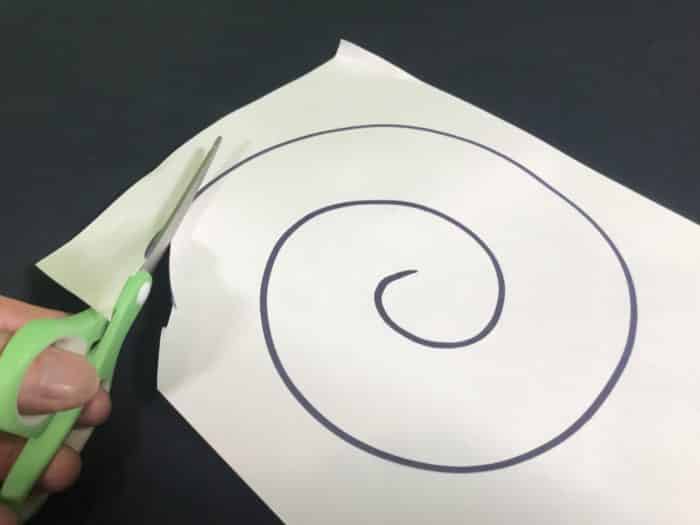
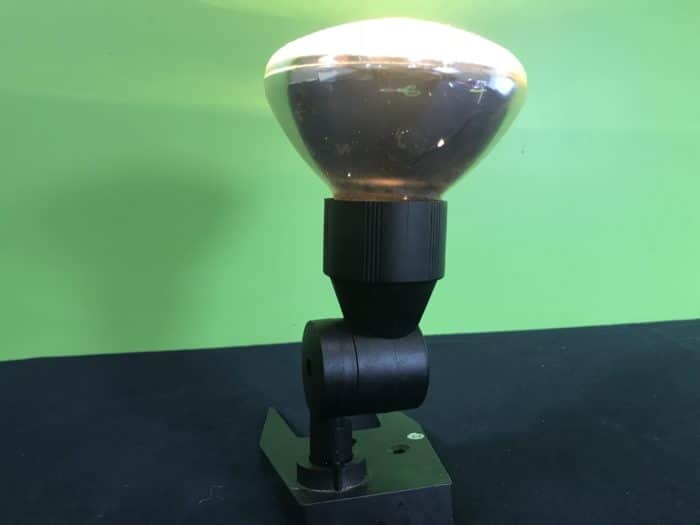
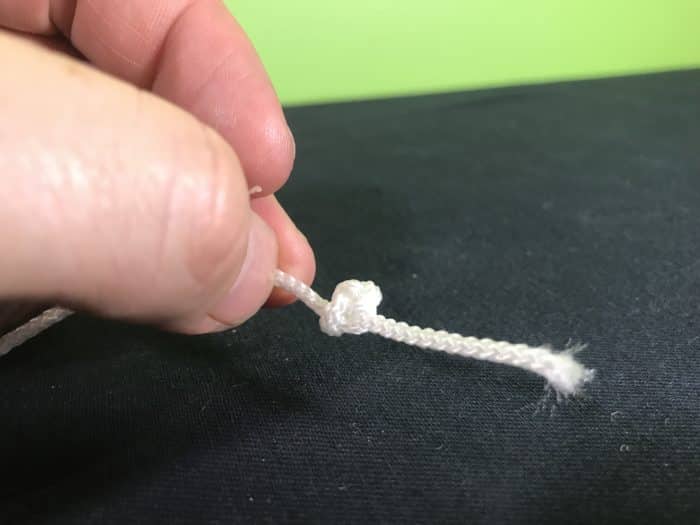

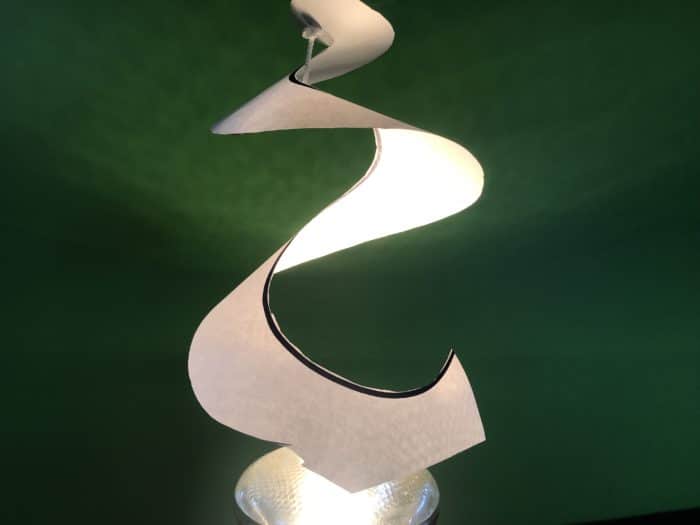

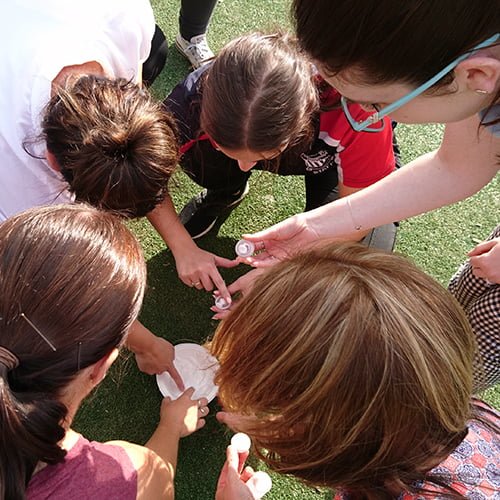

























Comments